Located deep in the mountains of Katsuragi Town in Wakayama Prefecture, “Niutsuhime Shrine“ is a popular destination steeped in history and mystical legends.
This shrine has a strong connection to Mount Koya and has long been a place of devotion for many. It is also known as a “spiritual power spot,” attracting visitors who come seeking a unique sense of energy.
In this article, we’ll explore the history, blessings, and access information for Niutsuhime Shrine.
What is Niutsuhime Shrine? History and Highlights
Niutsuhime Shrine is located in Katsuragi Town, Wakayama Prefecture, and is part of the “Sacred Sites and Pilgrimage Routes in the Kii Mountain Range,” a UNESCO World Heritage Site. The shrine’s grounds are surrounded by lush nature, offering breathtaking views in every season.
The Origins and History of Niutsuhime Shrine
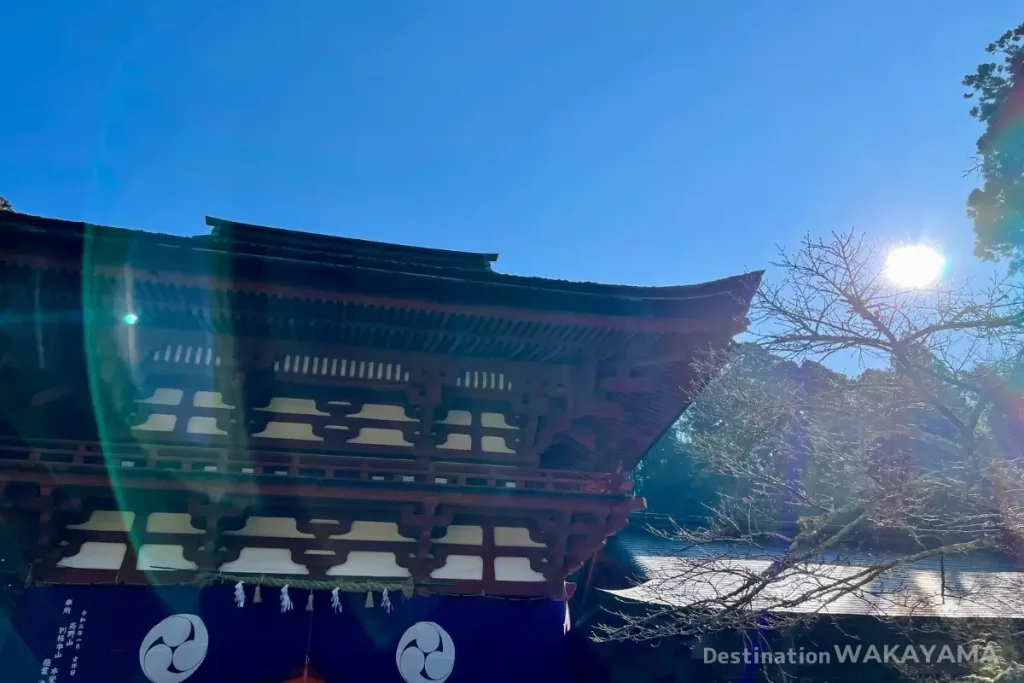
The foundation of Niutsuhime Shrine dates back to ancient times, and by the Heian period, it was already recognized as a significant spiritual site.
The term “Niutsu” refers to mercury, which was historically mined in this region. Mercury was a valuable resource for refining and metallurgy in ancient times, and the shrine was worshiped as the guardian deity of this precious mineral.
Legends and historical records related to mercury reflect its sacred significance to the people of the era.
The Main Deity: Niutsuhime Okami
The principal deity of Niutsuhime Shrine is Niutsuhime Okami.
She is revered as the deity who guided Kobo Daishi (Kukai) to Mount Koya and is worshiped as a god of fertility and protection.
Other deities associated with the establishment of Mount Koya are also enshrined here, and the shrine’s history has been cherished by generations.
Niutsuhime Okami and the Gift of Mount Koya to Kobo Daishi
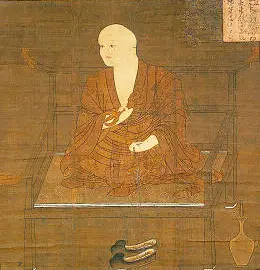
Niutsuhime Shrine is particularly renowned for its deep connection with Mount Koya, founded by Kobo Daishi.
It is said that when Kobo Daishi was searching for a place for ascetic practice, Niutsuhime Okami appeared and granted him the land of Mount Koya.
This story is documented in official shrine information and historical texts, strengthening the bond between Niutsuhime Shrine and Mount Koya. Today, this connection continues to attract numerous pilgrims.
Exploring the Grounds of Niutsuhime Shrine: A Sacred Spot of History and Nature
The grounds of Niutsuhime Shrine feature historic structures and sacred spots surrounded by nature. Each site is deeply connected to ancient faith and rituals, offering visitors a spiritual experience. Below, we introduce the key buildings and highlights of the shrine.
Main Shrine (First to Fourth Halls)
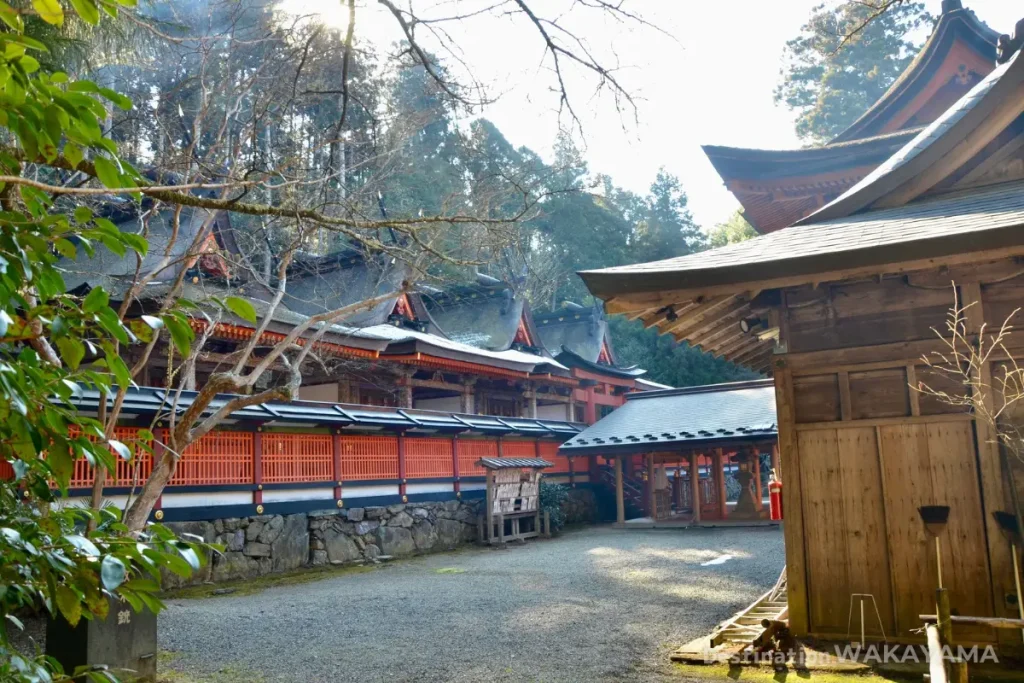
The main shrine of Niutsuhime Shrine consists of four halls, each dedicated to different deities.
- First Hall: Dedicated to Niutsuhime Okami, the central deity of the shrine.
- Second Hall: Enshrines Takano Mikogami (Kariba Myojin), closely connected to Kobo Daishi.
- Third Hall: Honors Ogetsuhime, a deity associated with agricultural prosperity and abundant harvests.
- Fourth Hall: Dedicated to Ichikishimahime, worshiped as a deity of water and the arts.
The vibrant red shrine buildings are designated as Important Cultural Properties of Japan. The architecture and surrounding nature create a captivating landscape that draws visitors in.
Ro-mon Gate
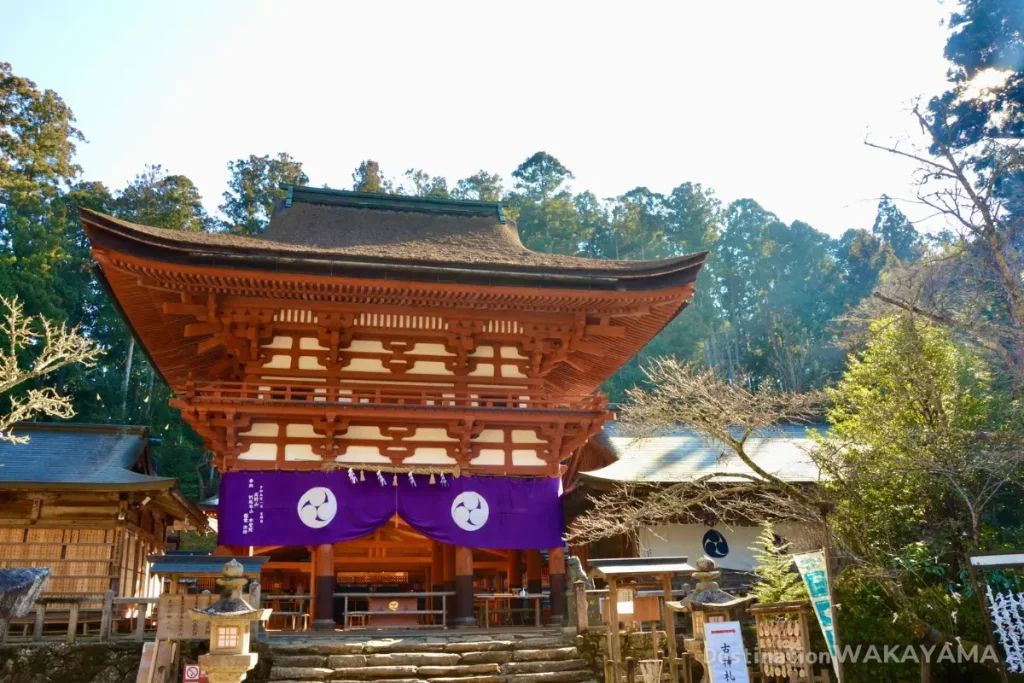
The Ro-mon gate is a stunning vermilion gate, also designated as an Important Cultural Property. Its grand structure and intricate details make it a symbolic feature of the shrine.
Visitors do not usually pass through the Ro-mon but instead offer prayers directly in front of it. This act symbolizes respect for the deities.
Outer Torii (First Gate)
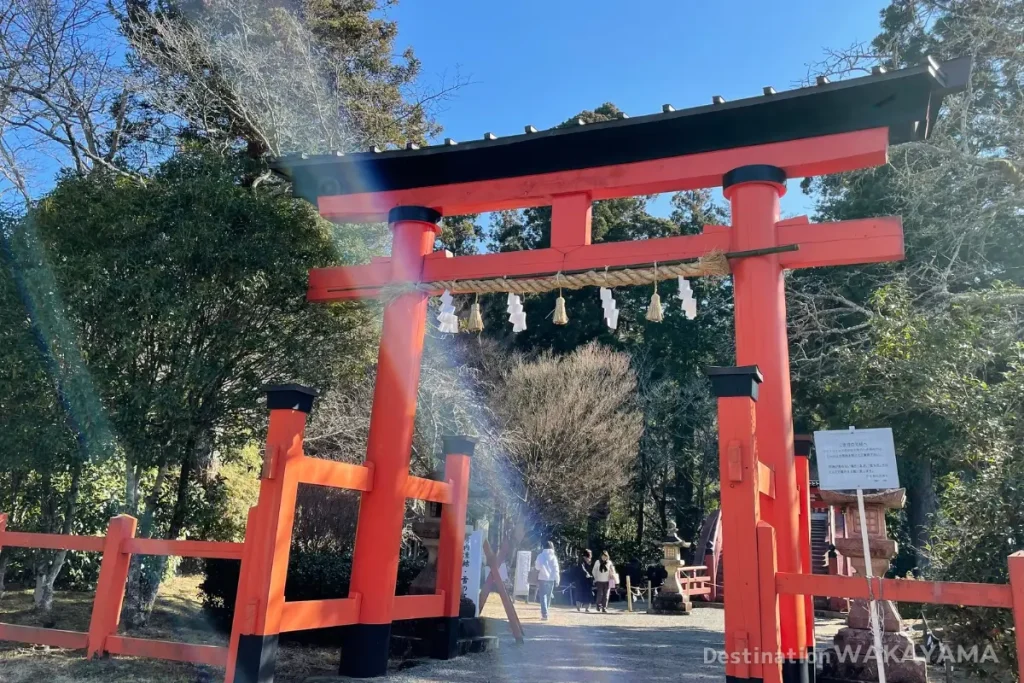
The “Outer Torii” stands as the first gate marking the entrance to the sacred grounds. It is also known as the “First Torii” and serves as a boundary between the secular world and the divine realm.
Crossing this gate signifies entering a sacred space, so visitors bow respectfully before passing through to prepare their hearts for worship.
The Sacred Bridge (Rinkyo) and Kagami Pond
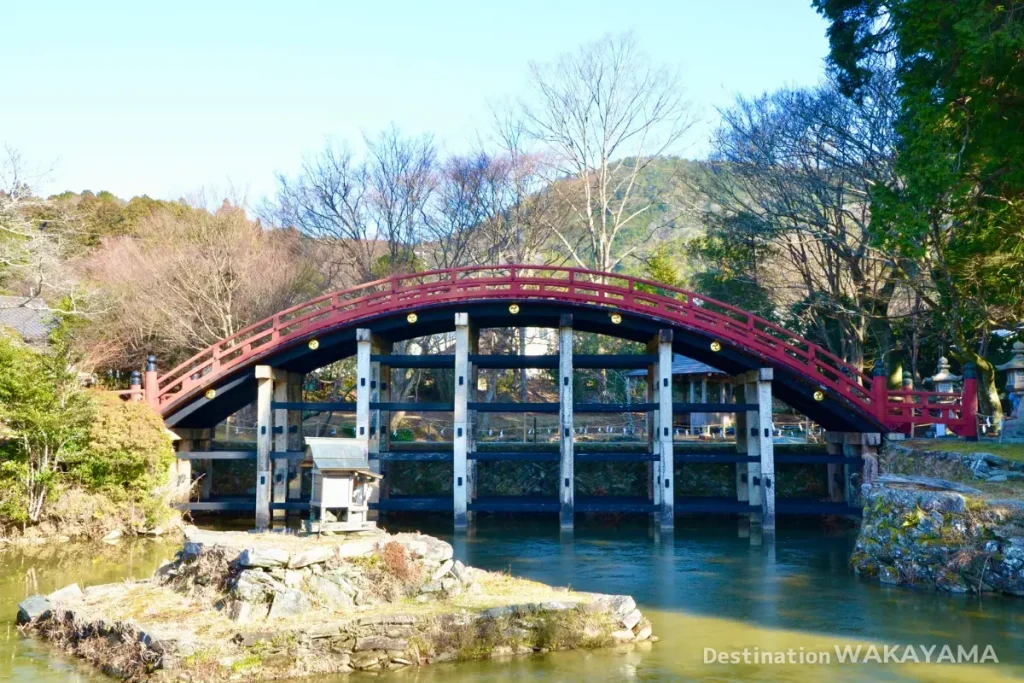
The “Sacred Bridge” (Rinkyo) is a beautifully arched vermilion bridge with intricate details, exuding an air of sanctity. While it is mainly used during special rituals, visitors can admire its striking design from a distance.
The bridge is an Important Cultural Property, and its harmony with the shrine’s scenery makes it a popular spot for photographs.
Beneath the Sacred Bridge lies “Kagami Pond,” which is considered a sacred part of the shrine’s grounds. The pond’s surface reflects the sky and surrounding trees like a mirror, providing a serene and calming atmosphere.
The pond symbolizes purification, and visitors often gaze at its tranquil waters to find inner peace.
Misogi Bridge and Inner Torii (Second Gate)
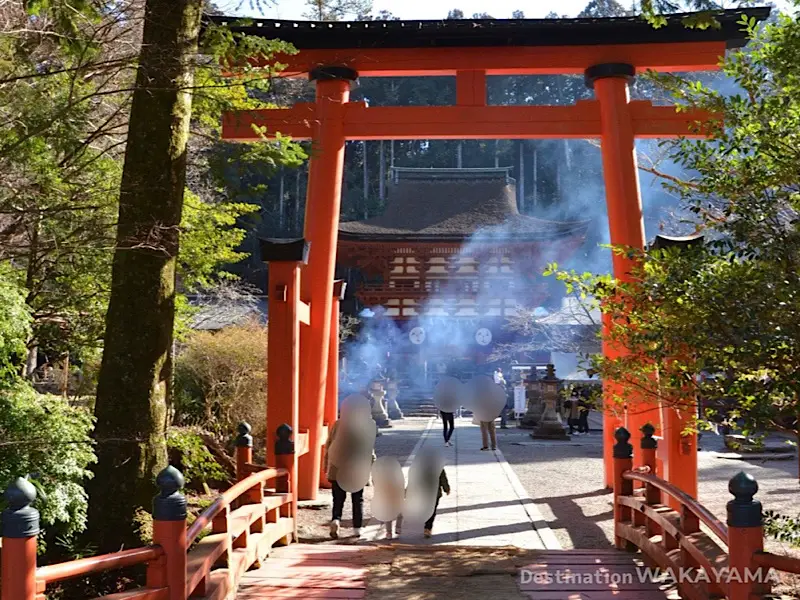
The “Misogi Bridge” and “Inner Torii” serve as gateways to the most sacred areas of Niutsuhime Shrine. After crossing the Outer Torii, visitors walk across Misogi Bridge, which represents the act of purifying oneself before entering the shrine grounds.
Crossing this bridge allows visitors to cleanse their hearts and minds, preparing them for a more profound spiritual experience.
After the bridge, the Inner Torii marks the entrance to an even more sacred part of the shrine. Visitors bow respectfully before passing through to approach the main hall.
The Shrine Dogs: Guardians of the “Guiding Legend”
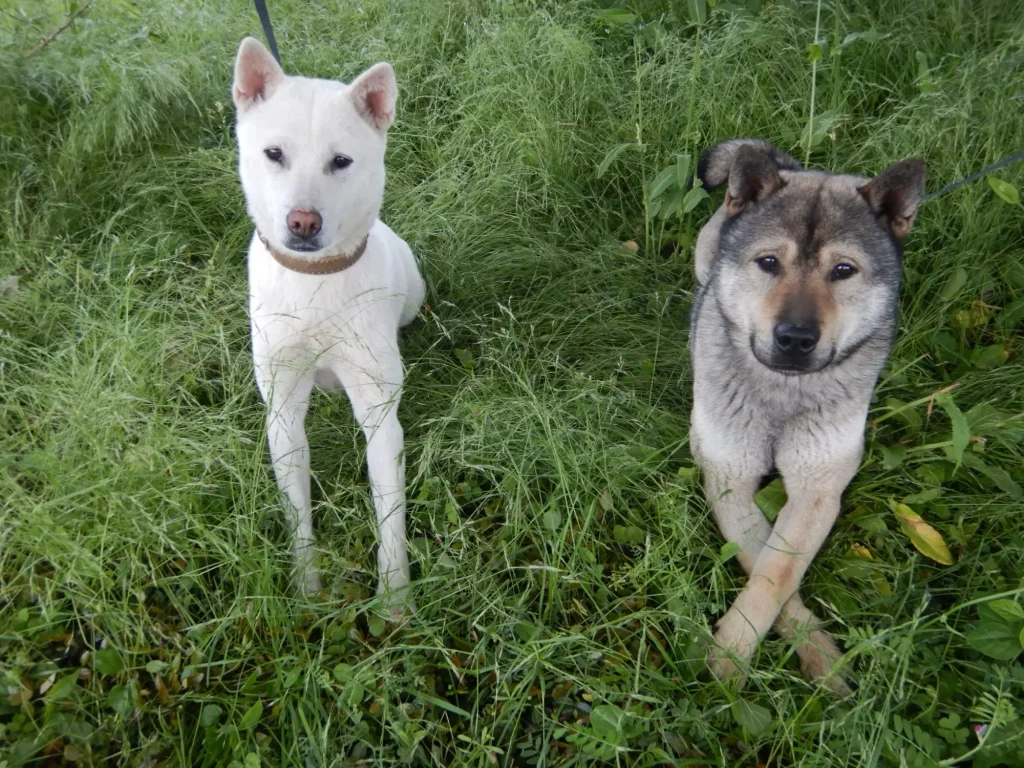
Niutsuhime Shrine is known for the legend of its sacred dogs, which dates back to the early Heian period when Kobo Daishi was searching for the ideal location to establish his esoteric Buddhist practice.
The white and black dogs that appear in the legend are called the “Guiding Dogs.” As their name suggests, they are believed to guide people toward happiness and success. Their story is mentioned in ancient texts like the “Konjaku Monogatari” and “Kongobuji Establishment Legend,” ensuring it is passed down through generations.
Today, Niutsuhime Shrine is home to a modern pair of sacred dogs, a mother and child pair of Kishu Inu named Suzuhime and Daiki. The Kishu Inu breed is a designated natural treasure of Japan, admired for its dignified and robust appearance.
These sacred dogs symbolize the blessings of Niutsuhime Okami and are beloved by visitors.
How to Access Niutsuhime Shrine
Niutsuhime Shrine is accessible by car or public transportation.
By Car and Parking Information
If you’re driving, take the Kinanwa Expressway and exit at the Katsuragi West IC. Follow Route 370 for an easy drive to the shrine.
If coming from Mount Koya, take Route 480 and then Route 370. Please note that the mountain roads require careful driving.
The shrine offers free parking for visitors. During peak seasons or weekends, it’s best to arrive early as the parking lot can get crowded despite its capacity.
- About 20 minutes (12 km) from Katsuragi West IC
- About 35 minutes (21 km) from Mount Koya (Kongobuji)
From Katsuragi West IC (Kinanwa Expressway) to Niutsuhime Shrine
From Mount Koya (Kongobuji) to Niutsuhime Shrine
Using Public Transportation (Train & Bus)
If you prefer public transportation, the closest station is Kasada Station on the JR Wakayama Line.
From Kasada Station, you can take a Katsuragi Town community bus to reach the shrine.
Bus Timetable: Kasada Station to Niutsuhime Shrine
| Kasada Station | Niutsuhime Shrine |
|---|---|
| 9:20 | 7:00 |
| 11:30 | 9:50 |
| 13:00 | 12:00 |
| 15:30 | 13:30 |
| 17:40 | 16:00 |
- The timetable is subject to change and may be delayed due to traffic conditions.
- Check the official website of the Katsuragi Town community bus for the latest schedules.
- Holiday schedules may differ, so please confirm in advance.
Blessings and Worship Information at Niutsuhime Shrine
Niutsuhime Shrine is believed to offer blessings for protection, good fortune, and abundant harvests. Visitors come to pray and experience the sacred atmosphere, hoping for divine support in their endeavors.
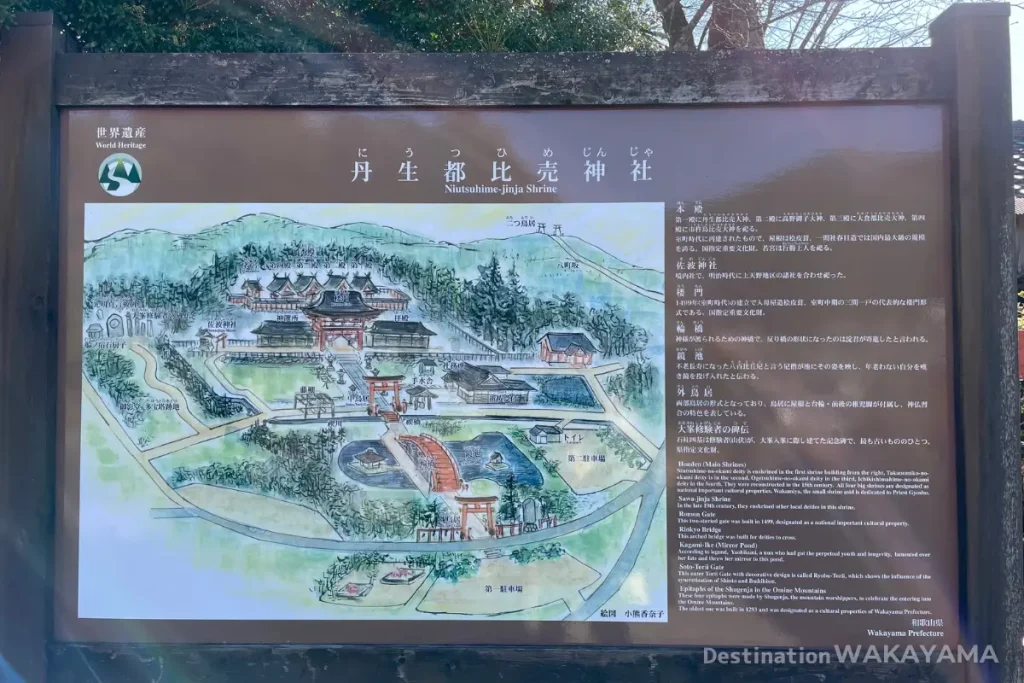
Blessings and Popular Prayers
Niutsuhime Shrine is especially known for its blessings in warding off evil, ensuring agricultural prosperity, and guiding individuals to success, much like how the deity guided Kobo Daishi to Mount Koya.
Many visitors believe their prayers will be answered and visit the shrine regularly to seek divine protection.
Pet-Friendly Worship
Niutsuhime Shrine welcomes visitors with pets, as long as certain etiquette is observed:
- Behavior in the shrine: Pets must be kept on a leash, held in your arms, or placed in a carrier. Avoid letting them relieve themselves on the premises.
- During prayer services: Pets are not allowed inside the shrine hall. Only the owner may proceed to the altar.
- No pet-sitting services: The shrine does not offer facilities to look after pets. Bring a companion who can watch your pet during prayer services if necessary.
- Mail-based prayers: If visiting with your pet is challenging, the shrine also offers prayer services by mail.
Goshuin and Shrine Stamp Books
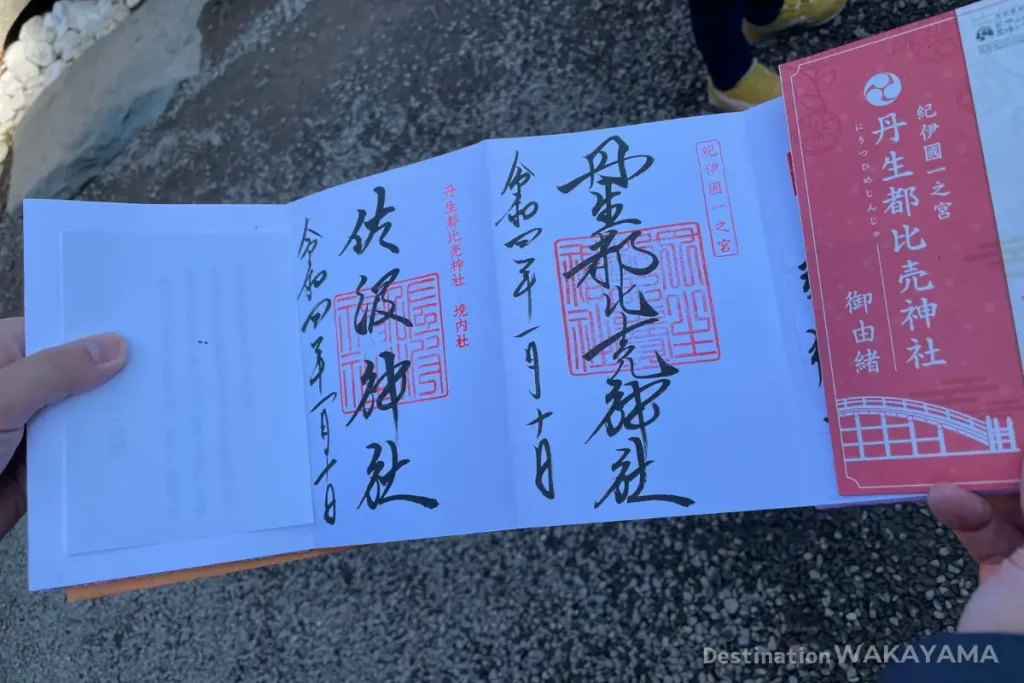
Visitors to Niutsuhime Shrine can collect a goshuin, a sacred stamp commemorating their visit. The stamp features beautiful calligraphy and unique designs, making it a cherished keepsake.
The shrine also offers exclusive goshuin books with stunning designs that are highly popular among visitors.
Be sure to check the hours for stamp collection ahead of your visit.
▼ Places to Visit Nearby
- Reference Sites
-
- Niutsuhime Shrine (Official Website)
- Katsuragi Town Tourism Association (Official Website)
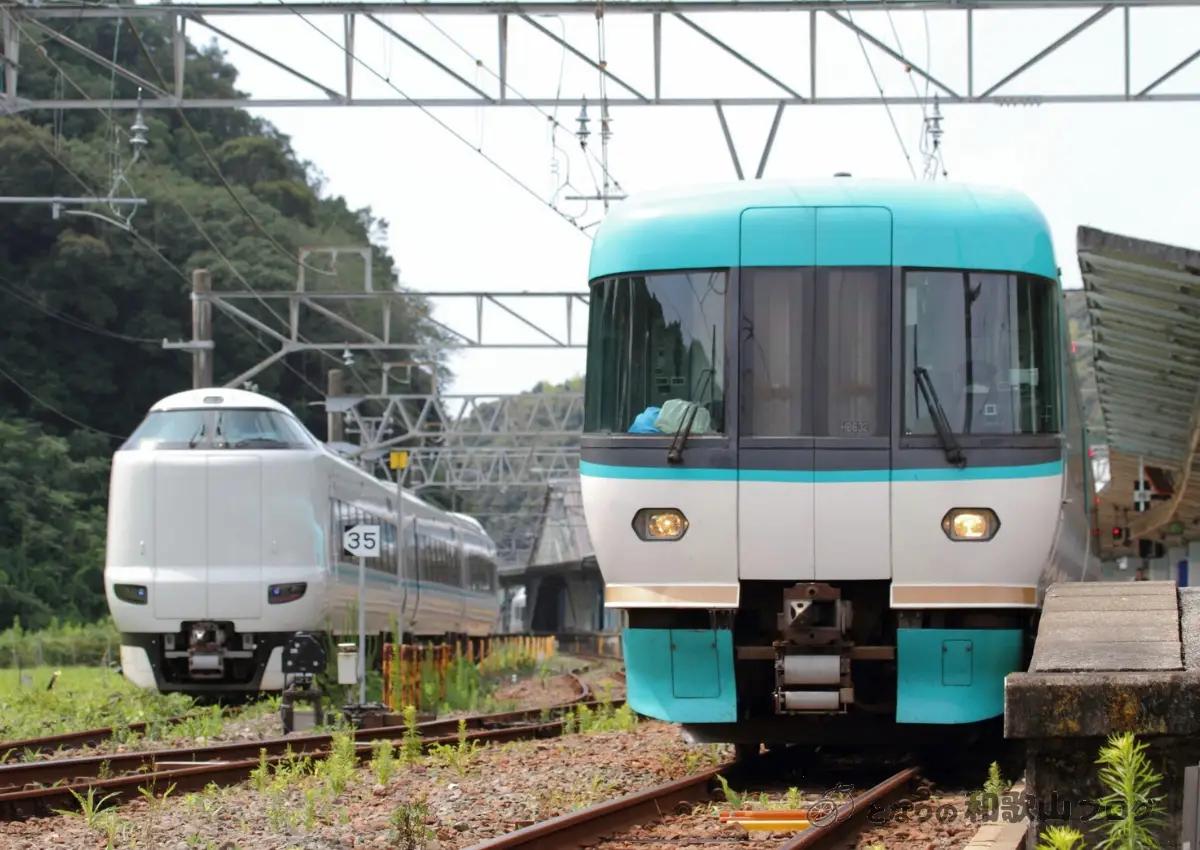

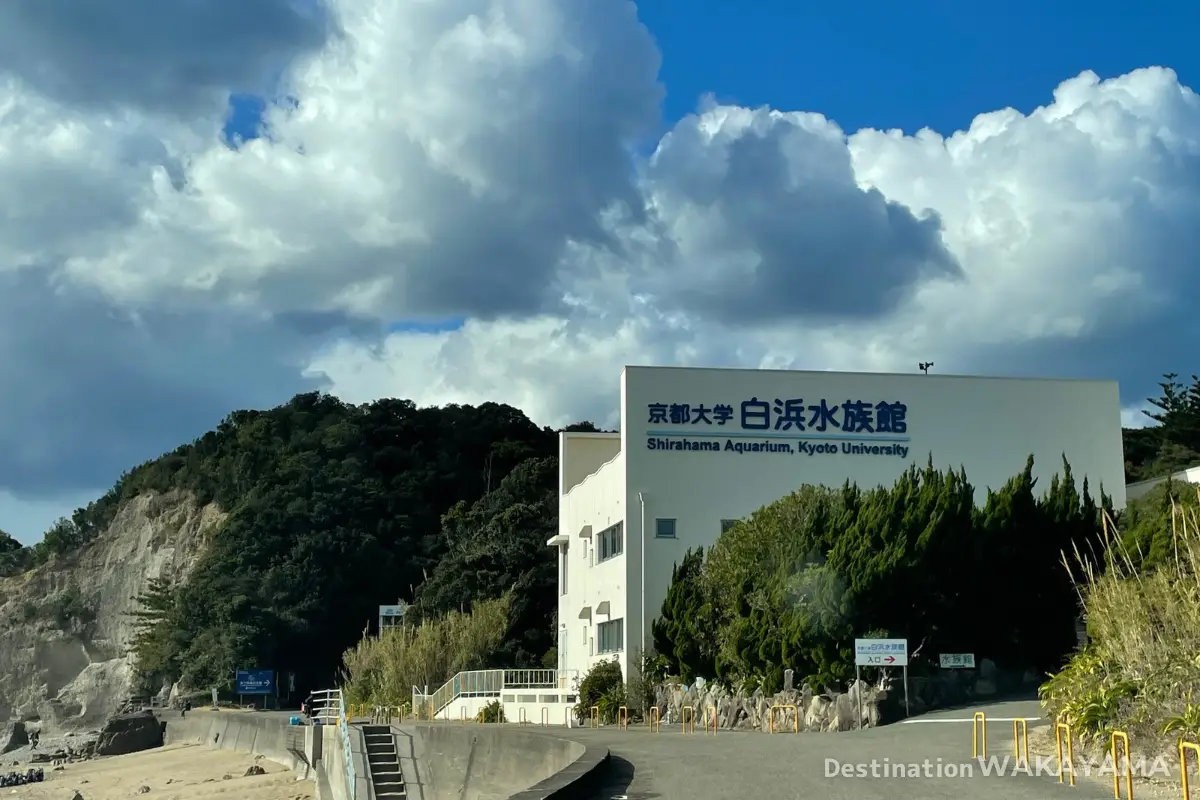

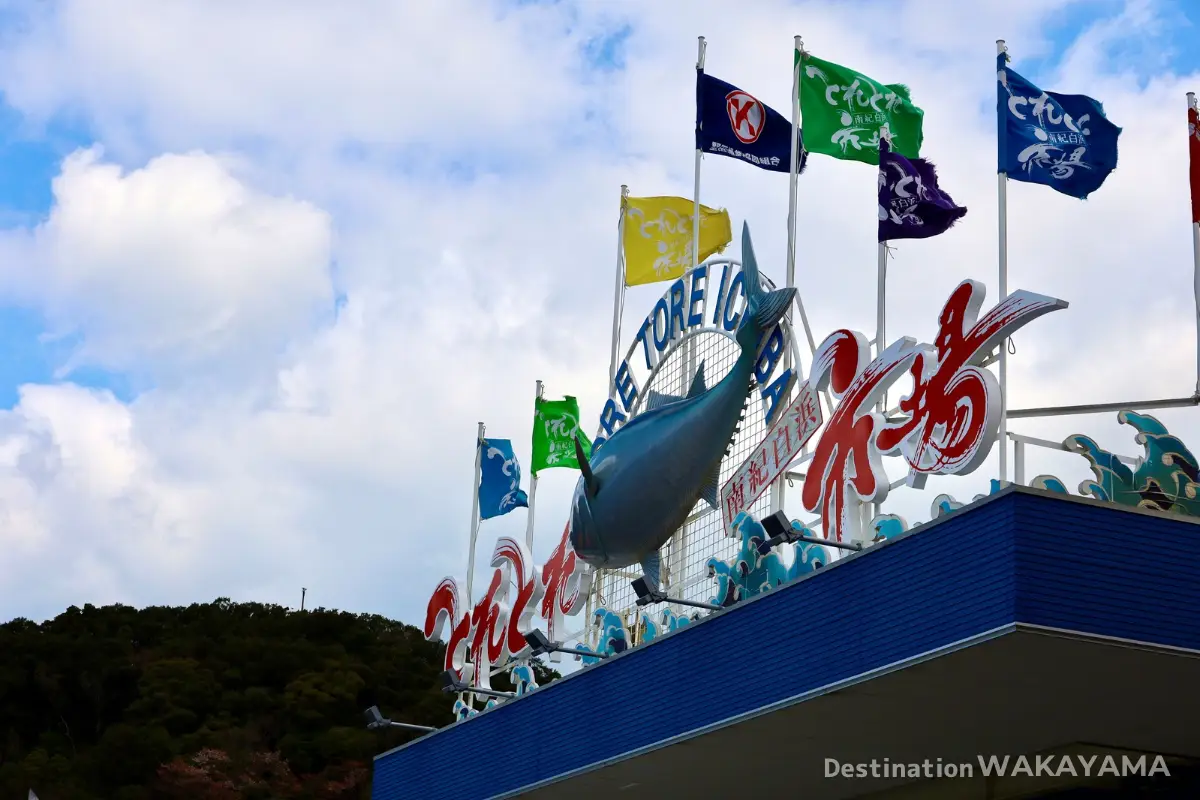

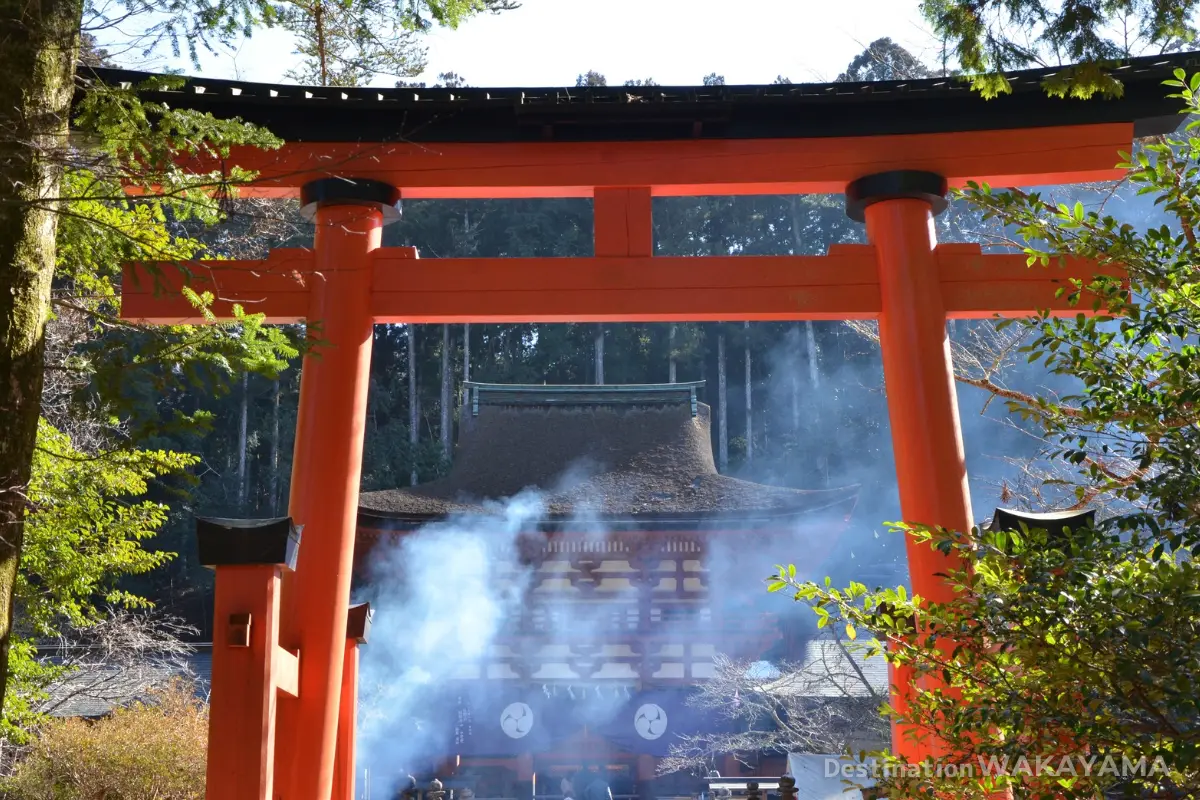

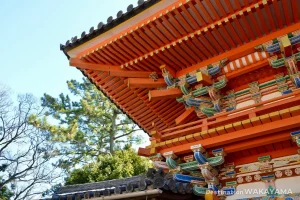
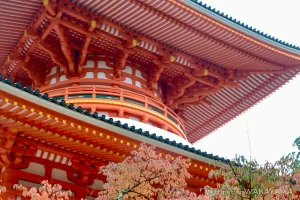

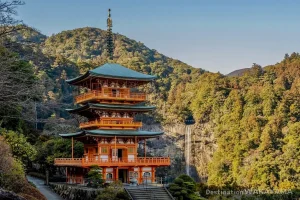
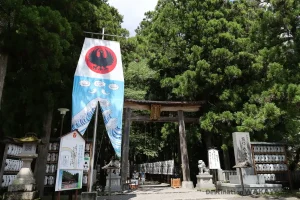
Comments